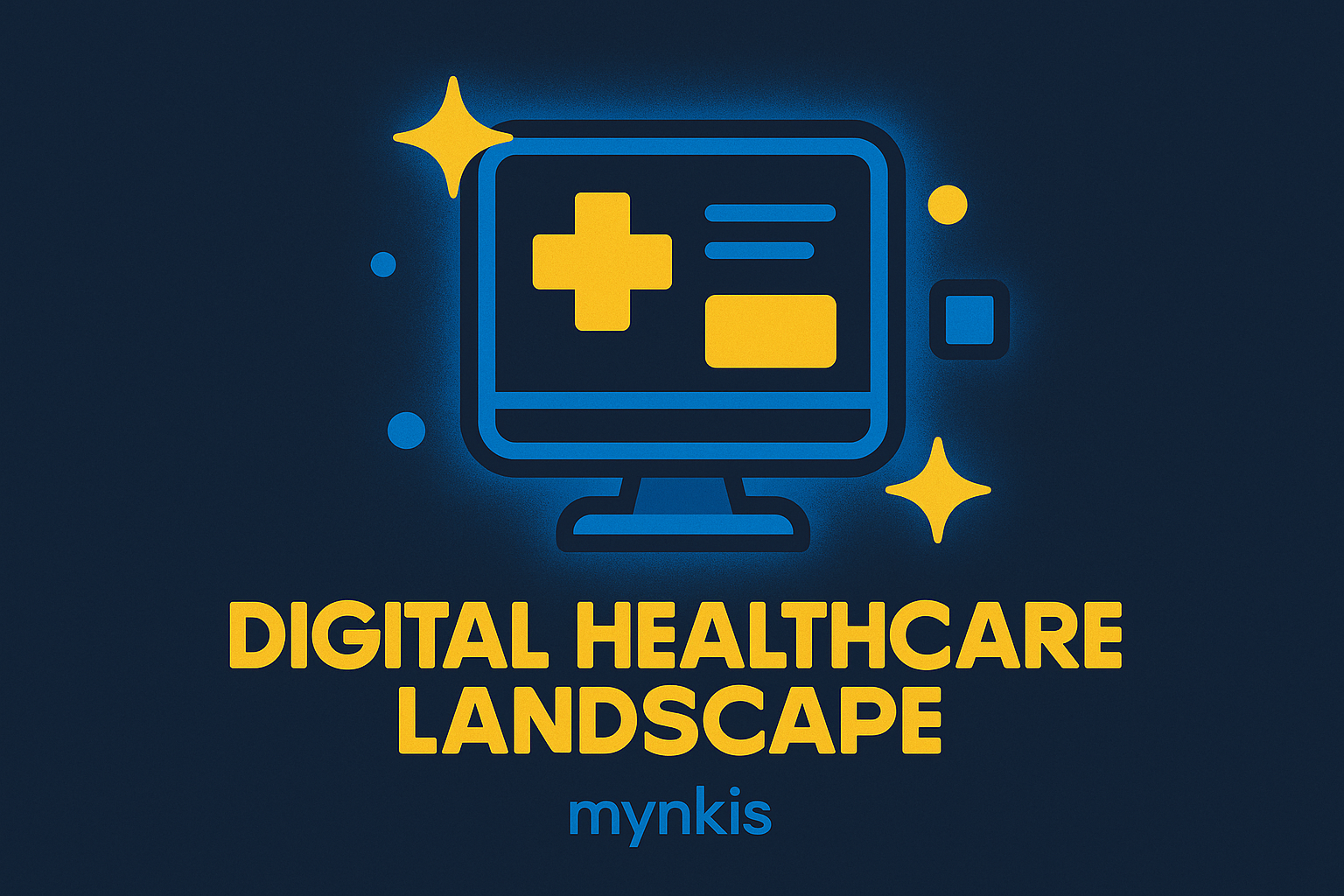Schedule a Demo
In the realm of modern healthcare, the integration of web services is not just a luxury—it's a necessity. From secure patient portals to streamlined data management systems, web services are redefining how healthcare providers operate and interact with patients. I've seen firsthand how clinics and hospitals that embrace these technologies not only enhance their service delivery but also significantly improve patient outcomes and operational efficiency.
At its core, web services provide a standardized means of communication between various applications over the internet. In healthcare, this translates to seamless integration between EHRs, lab systems, billing software, and more. For instance, when a patient logs into a portal to view their test results, multiple web services are working behind the scenes to ensure data flows smoothly and securely from the lab system to the patient's dashboard.
When it comes to healthcare, compliance with regulations like HIPAA is non-negotiable. Web services must be designed with security at their core, utilizing encryption, secure APIs, and robust authentication mechanisms. From my experience, a well-implemented web service can be the difference between a secure patient experience and a data breach nightmare. The peace of mind that comes with knowing patient data is safe is invaluable, both for healthcare providers and the patients they serve.
The user experience of healthcare web services is crucial. A patient portal should be intuitive, easy to navigate, and accessible across devices. I've worked with clinics where improving the design of their patient portal led to higher engagement rates, as patients felt more comfortable managing their health information online. Incorporating user feedback and following modern design principles can transform a clunky, confusing portal into a valuable tool for both patients and healthcare professionals.
As healthcare needs evolve, so must the web services that support them. Scalability is key. I've advised clients to build their web services with future growth in mind, allowing them to add new functionalities or integrate new systems without a complete overhaul. This approach not only saves time and resources but also ensures that the technology remains relevant as healthcare continues to evolve.
APIs are the unsung heroes of healthcare web services. They enable different systems to communicate effectively, which is crucial for interoperability. In my work with hospitals, I've seen how a well-designed API can allow a patient's electronic health record to communicate seamlessly with a specialist's diagnostic tool, improving the speed and accuracy of care. This level of integration is what modern healthcare demands, and APIs are pivotal in achieving it.
Telehealth has become a staple in healthcare delivery, especially in recent years. Web services play a critical role in ensuring these platforms are secure and reliable. From scheduling appointments to conducting virtual consultations, the web services that underpin telehealth must be robust enough to handle real-time video and audio, yet secure enough to protect patient privacy. I've assisted clinics in integrating telehealth solutions, and the right web services can make all the difference.
In today's data-driven world, effective data management and analytics are crucial for healthcare providers. Web services can facilitate the collection, storage, and analysis of vast amounts of health data. This can lead to insights that improve patient care, optimize operations, and even drive research. Based on available research, integrating advanced analytics into healthcare web services can transform raw data into actionable insights, although individual results may vary.
Implementing web services in healthcare is not without its challenges. From ensuring compatibility with existing systems to training staff, there's a lot to consider. However, with the right strategy and support, these hurdles can be overcome. I've guided numerous healthcare providers through the process, emphasizing the importance of a phased approach and continuous training to ensure a smooth transition.
Looking ahead, the future of healthcare web services is bright and brimming with potential. We're on the cusp of seeing more personalized medicine, driven by advanced web services that can tailor treatment plans based on a patient's unique health data. Additionally, emerging technologies like AI and IoT will further enhance the capabilities of these services, making healthcare more efficient, proactive, and patient-centered.
When it comes to developing healthcare web services, choosing the right development partner is critical. Look for a team with deep expertise in both healthcare and technology. They should understand the unique challenges of the industry and be able to navigate the complexities of compliance and security. From my perspective, a partner that takes the time to truly understand your needs and can offer scalable, future-proof solutions is invaluable.
Let's look at a few real-world examples of how web services have transformed healthcare. One clinic I worked with implemented a patient portal that reduced wait times by 30% and increased patient satisfaction scores. Another hospital utilized web services to integrate their EHR system with a national lab database, allowing for faster, more accurate diagnoses. These case studies illustrate the tangible benefits that well-designed web services can bring to healthcare.
Operational efficiency is another area where web services can make a significant impact. By automating routine tasks and streamlining communication between systems, healthcare providers can reduce administrative burden and focus more on patient care. I've helped hospitals implement web services that cut down on paperwork, reduced errors, and improved the speed of patient services, leading to better overall efficiency and patient satisfaction.
Regulatory compliance is a complex but crucial aspect of healthcare web services. Staying up-to-date with the latest regulations and ensuring that all services meet these standards is a continuous effort. I've assisted healthcare providers in navigating this landscape, ensuring that their web services not only meet but exceed compliance requirements, providing peace of mind and maintaining the trust of their patients.
The integration of web services in healthcare is transforming the way care is delivered. From improving patient experiences to enhancing operational efficiency, the potential is vast. As we move forward, it's essential for healthcare providers to stay informed and adaptable, leveraging the latest technologies to meet the evolving needs of their patients and the industry at large.
